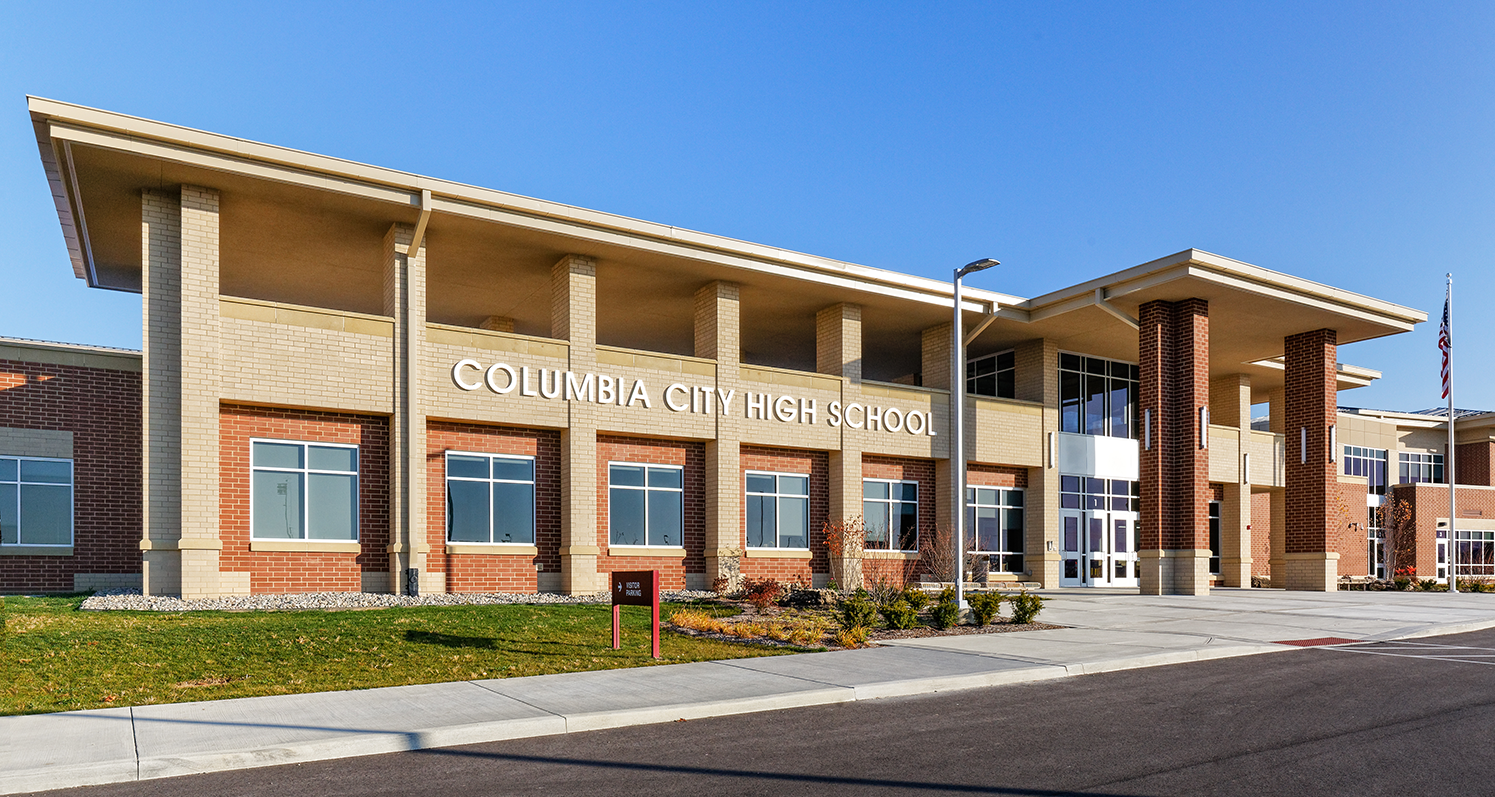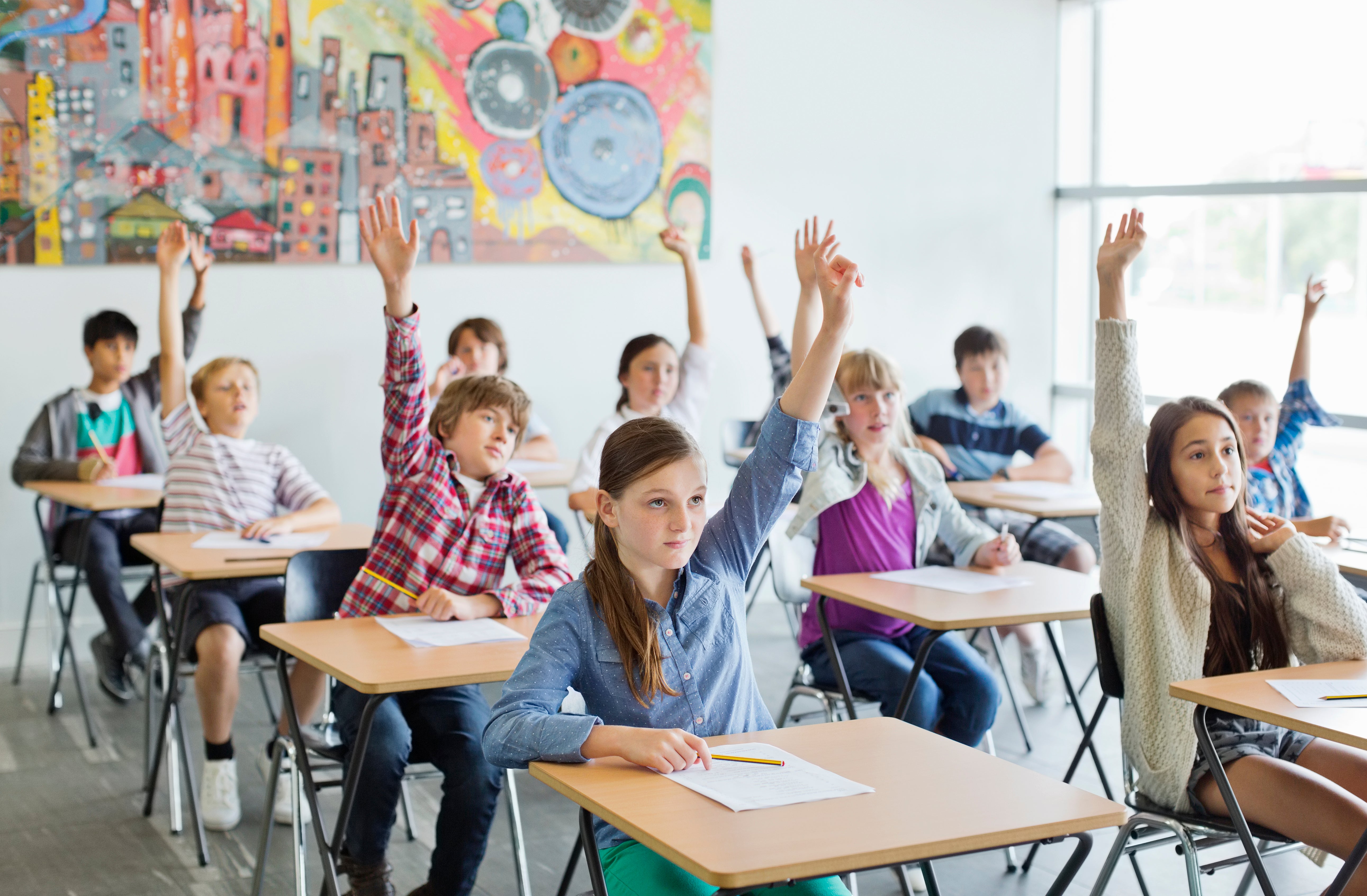Discover the Advantages of Advocacy: Save Temecula Schools
The Impact of College Environments on Academic Success and Personal Wellness
The layout of instructional areas, including natural lighting and ergonomic furnishings, can enhance students' concentration and convenience. Just how can colleges tactically enhance these facets to better support their trainees?
Physical Format and Style
Just how does the physical format and layout of a school influence academic success? The plan and aesthetic of a college atmosphere can considerably affect pupils' discovering results. A well-designed college layout promotes simplicity of motion, reduces diversions, and promotes a sense of safety and security and belonging. As an example, vast passages and plainly significant areas help with smooth shifts between classes, lessening lateness and interruption. Additionally, tactically put typical areas encourage social communications, which are vital for emotional and social growth.
All-natural lighting and efficient ventilation systems are essential in enhancing cognitive function and reducing absence. Studies have actually revealed that classrooms with ample natural light enhance student focus and reduce feelings of drowsiness. Additionally, ergonomic furniture customized to trainees' demands can protect against physical pain, permitting long term focus and involvement in academic activities.
Access to outside rooms and visually pleasing environments likewise play an important duty - Save Temecula Schools. Eco-friendly spaces and well-kept school grounds supply chances for physical exercise and psychological leisure, both of which are necessary for keeping high degrees of scholastic performance. In essence, a thoughtfully created physical environment can act as a catalyst for academic quality, fostering an atmosphere that sustains both training and understanding
Classroom Atmosphere
A positive class ambience is fundamental to accomplishing scholastic success. A setting that cultivates a feeling of security, inclusivity, and common respect motivates trainees to engage more actively in their learning processes. The ambiance of a class, consisting of aspects such as lighting, sound degrees, and seating setups, can significantly impact student concentration and motivation. A well-ventilated, well-lit class with minimal distractions can boost cognitive feature and decrease tension, thereby promoting better scholastic results.
Furthermore, the classroom ambience need to support a society of collaboration and open interaction. When trainees feel comfy revealing their ideas and asking questions, they are most likely to engage deeply with the product and establish crucial thinking abilities - Save Temecula Schools. Peer communications and group activities can boost understanding by promoting and supplying varied perspectives synergy
Furthermore, developing consistent regimens and clear expectations can produce an organized atmosphere that permits students to concentrate on their research studies. By reducing unpredictability and offering a predictable structure, students can better handle their time and responsibilities. Eventually, a positive classroom atmosphere not just boosts scholastic efficiency yet likewise adds to the general wellness of trainees, preparing them for future instructional and personal undertakings.
Teacher-Student Relationships
Building on the significance of a positive classroom ambience, the partnerships between trainees and educators play a crucial role in shaping academic success. A healthy and balanced teacher-student relationship promotes a finding out environment where trainees really feel valued, recognized, and supported, which significantly enhances their motivation and interaction. When pupils regard their teachers as understanding and approachable, they are much more likely to get involved actively in course and seek aid when needed, adding to a much deeper understanding of the topic.

Reliable interaction is key to supporting these connections. Educators who utilize open, respectful, and constant communication develop a structure of depend on. This trust fund enables trainees to express their worries and concepts openly, cultivating a collective learning environment. Fundamentally, solid teacher-student connections are a foundation of academic success, playing a critical function in both scholastic achievement and personal advancement.
Peer Interactions
Peer interactions substantially affect academic success by shaping a trainee's click to read more social and cognitive advancement. Positive peer interactions can enhance a trainee's inspiration and interaction in scholastic activities with collective learning and shared assistance.

Efficient peer communications likewise add to the growth of vital life abilities, such as collaboration, interaction, and conflict resolution. These social proficiencies are crucial for both academic success and individual well-being, highlighting the relevance of cultivating favorable peer dynamics within the college setting.
After-school Activities
Engaging in extracurricular activities plays an essential function in a trainee's academic success and individual development. Research consistently suggests that students who participate in extracurricular tasks often tend to accomplish higher scholastic efficiency.
Additionally, extracurricular participation promotes a sense of belonging and neighborhood, which is vital for personal health. Taking part in team activities enables trainees to develop and strengthen social networks, boosting their emotional and social knowledge. These communications are crucial for developing interpersonal skills that are helpful in both academic and future professional atmospheres.
Additionally, extracurricular activities offer a constructive electrical outlet for students to discover their interests and enthusiasms past the standard curriculum. This exploration can bring about the exploration of brand-new abilities and prospective job courses, additionally inspiring trainees to engage more deeply in their scholastic job. In conclusion, the function of extracurricular activities prolongs past mere recreation; they are indispensable to fostering a holistic academic experience that promotes both scholastic success and individual development.
Conclusion
Attentively made physical formats and class, along site here with favorable teacher-student relationships and constructive peer interactions, dramatically enhance pupil motivation and involvement. These elements collectively emphasize the significance of developing and keeping ideal institution settings for the advantage of pupils' individual and scholastic development.
Ultimately, a positive class atmosphere not only boosts scholastic performance but also adds to the total health of trainees, preparing them for future academic and personal undertakings.
